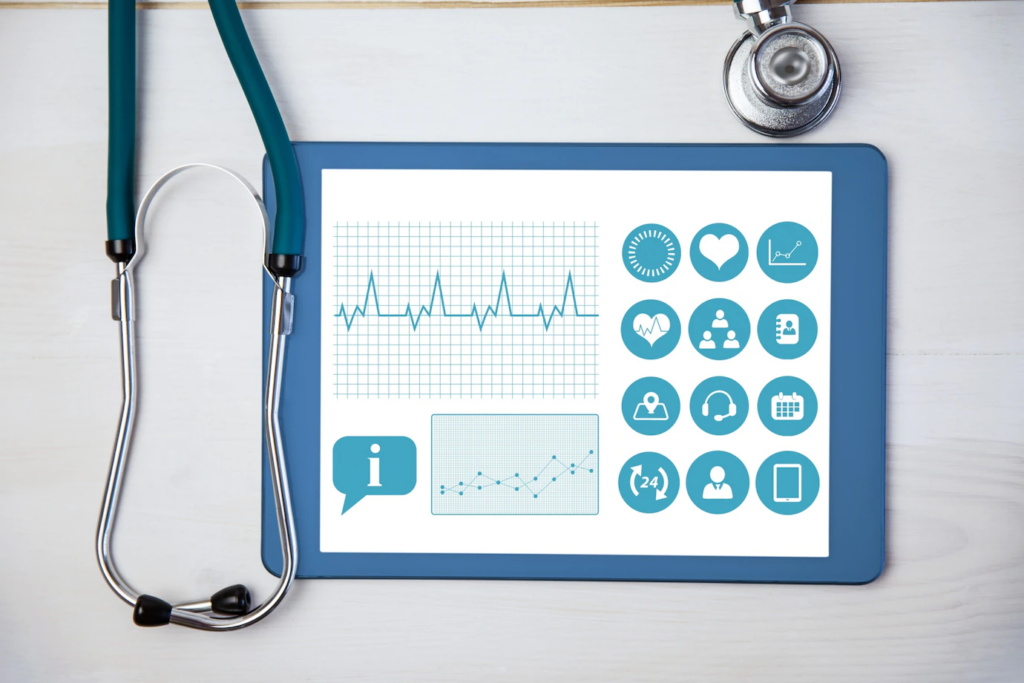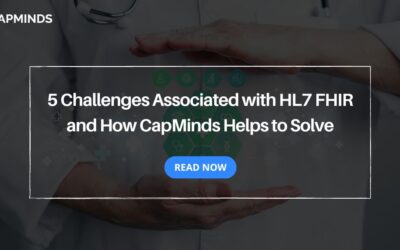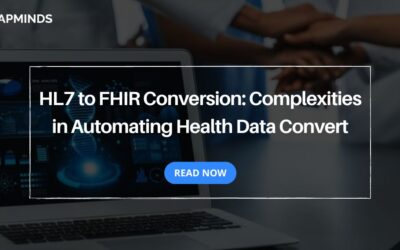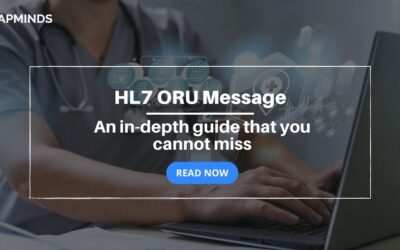EHR/EMR Integrations With HL7 & FHIR Interfaces: Breaking Barriers
Interoperability and data transference is still pertaining difficulties faced by EHR & EMR vendors. The government and industry standards are adding more oil to the fire now. What’s the solution to this problem? – “CapMinds Technology”.
Now, getting a hold of the successful and seamless EHR & EMR integration services for those who put all their efforts to serve people right, is not a dream or an unreachable thing with CapMinds. It offers a sophisticated solution for EHR & EMR integration with appropriate tools and an effective and more standardized process. To highlight precisely, we proudly say that many medical devices, equipment, and solution providers have benefited from CapMinds EHR & EMR and HL7 integrations.
Accelerate Your EHR Implementations
Multitudes of on-premise and cloud-based EHRs & EMRs are available in the market today and they use many industry standards or their own customized integration methods.
CapMinds specializes in integration services due to its stringent adaptation and compliance with interoperability standards such as HL7 FHIR. Team CapMinds has a handful of experts with a high level of service and dedication for the perfect and faster implementation process.
With CapMinds, providers can build a base for a set of high-performing channels between HL7-based EHR and the cloud-based JSON API.
Advanced RESTful API interaction & FHIR
- CapMinds integration furnishes a compatible means for proficiently managing a massive amount of batch-oriented data and HL7 2.x messaging, high interactions with RESTful APIs like FHIR services.
Using a combination of custom components, the CapMinds solution has provided the architectural flexibility to adapt to diverse data formats. Among these components is a custom X12 EDI parser that was created and is capable of accurately and quickly parsing the provider’s volumes of disparate X12 EDI files.
- CapMinds put forward its HL7 2.x parser for HL7-based systems. It quickly intakes any version or HL7 message interpretation. Saves time from unmanageable modeling of messages.
- The approach of CapMinds for those using CCDs or other multiplex XML formats provides real-time substantial improvements in productivity over other solutions that might need coding, scripting, or drawing webs to be as links between fields.
Acquire Yields Faster Than Ever
- CapMinds integration services are designed in a way that allows maximum engagement. The clients will achieve a sole, standardized approach to integrations.
- Implementations can be attained by duplicating previous processes and making small modifications in configuration.
- New systems can be integrated and implemented faster than ever thus decreasing the internal resource cost, early yielding of new revenues, and increasing the most vital component to success – “customer satisfaction”.
- CapMinds provides more consolidated and streamlined management with its web-based insight.
- The advanced protections following the standards ensure no messages are lost and maximum patient security.
- Prickets in quantity can be managed without disruptions.
- CapMinds uplifts providers to succeed rapidly with their services across countries.
EHR & EMR, HL7 Integration Services from CapMinds
CapMinds EHR integration simplifies and quickens the access to medical records across various electronic software solutions. Our advanced customization provides perfectly sophisticated features specially tailored to fit your practice requirements.
CapMinds health tech innovations have tremendously simplified how healthcare integrations get done. Today we proudly present the most flexible and greater support for healthcare integration of any product on the market. Our healthcare integration suite includes end-to-end support for all healthcare data formats such as HL7 2.x, HL7 3.x, FHIR, CCD/CCDA, JSON, XML, X12 EDI, NCPDP, etc.
“Relieve yourself from the integration complexities and attain advanced electronic data exchange and interoperability with us”



